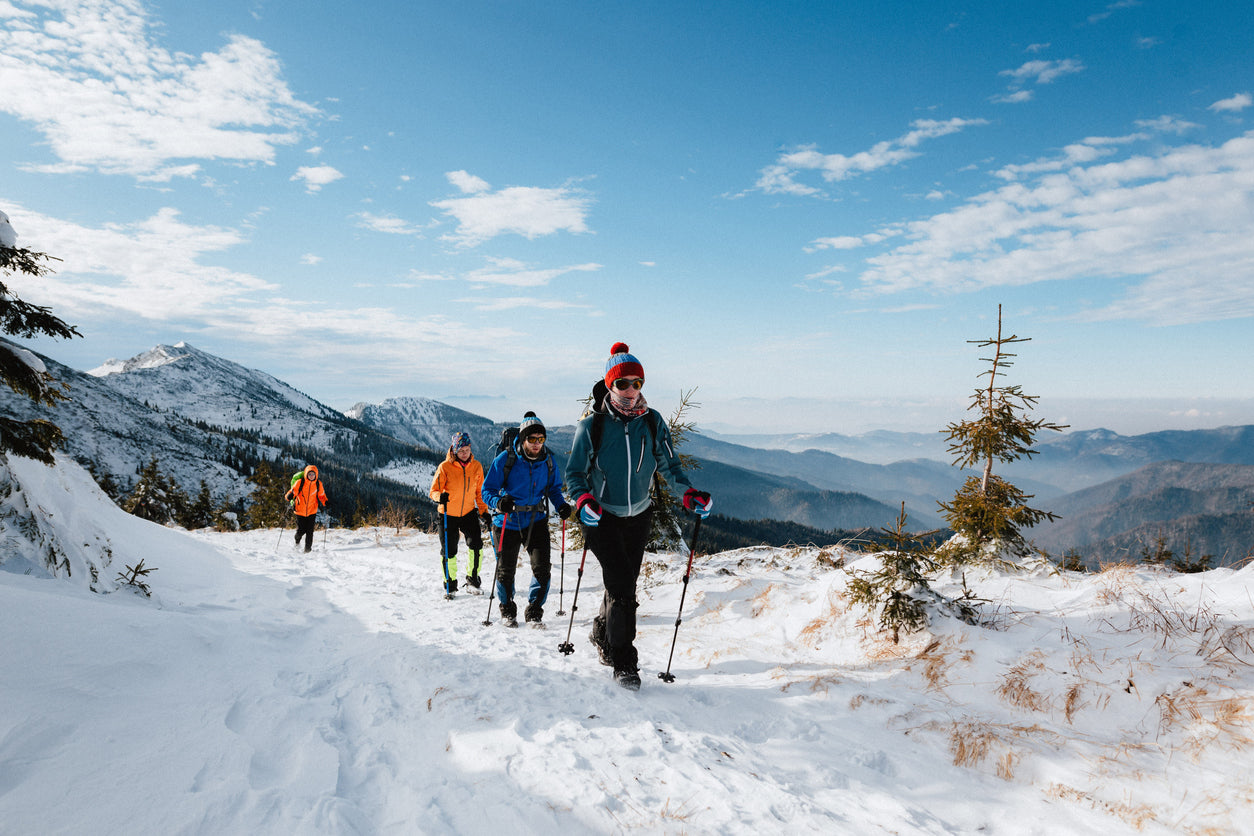
Hiking in Cold Weather: Gear List and Tips
If you’re on the fence about hiking in cold weather, we at Gear.com say go for it. Yes, hiking during the winter season can be challenging, but with the right gear and tips in mind, you can worry less about the weather and instead take on that challenge in the great outdoors!
The Gear.com experts are here to prepare you for your upcoming cold-weather hike with this essential guide to hiking in cold weather.
Reasons You Should Hike in Cold Weather
Even though a lot of people shy away from venturing out in the cold, there are a lot of advantages to doing so:
- For those living in snowy areas, cold-weather hiking is a great way to enjoy a winter wonderland for those living in snowy areas.
- Hiking in snow can be good for your body—it engages lateral muscles and tendons, which helps strengthen joints and prevent injuries.
- If you live in areas where it doesn’t snow, hiking in the cold can still be a great way to experience a different season and get rid of the cabin fever or winter blues you might feel being cooped up in your living room.

What Should I Wear when Hiking in Cold Weather?
Of course, enjoying these great benefits requires being thoroughly prepared with a cold-weather hiking gear list.
Let’s start with clothes. What you wear when hiking in cold weather can make or break your trekking experience.
There are four cold-weather clothing tips to keep in mind:
1. Layer up with Synthetic Wool
Start with a high-quality base layer. We recommend a long-sleeve base layer made of Merino wool. It has moisture-wicking properties, so you can keep your skin dry and warm.
Then, depending on the temperature or elevation gain, you can layer on a loose hoodie and a lightweight, insulated jacket. Make sure these layers have convenient zippers so you can take them off easily on the trail.
2. Avoid Tight Clothing
Make sure your clothing has some breathing room. Clothing that’s too tight can restrict moisture from escaping—this moisture can freeze and cause hypothermia.
So yeah, that time you found a zipper under the armpits of your jacket wasn’t just there for kicks. It’s to encourage circulation and keep you up and running.
3. Cover the Right Areas
Cold weather conditions like snow, rain, or wind can make our bodies feel… well, cold. But the most vulnerable areas? Your head, hands, feet, ears, and face.
Long exposure to cold weather can cause uncomfortable conditions like hypothermia and frostbite.
Be sure to protect your body’s vulnerable areas with:
- A beanie or hat to keep your head and ears warm
- Lightweight or midweight gloves for your hands
- Lightweight or midweight thermal socks for your feet
- A neck gaiter to keep your face protected from the cold and wind
4. Trail Shoes/Boots with the Right Traction
Depending on the length and terrain of your trail, make sure you are equipped with the right footwear. Trail shoes carry the proper grip and traction, making them ideal for hiking. And if you’re headed to a snowy or icy trail, adding traction devices to your shoes can help avoid injury.
Consider the Blitz Spike Traction or Distance Spike Traction devices. They’ll help you get through gnarly icy patches, giving you the grip and engagement you need to enjoy your trek.

What Items/Accessories Should I Take with Me When Hiking in Cold Weather?
When it comes to items to pack for hiking in cold weather, think about the 10 Essentials:
- Navigation: Pack both online and offline navigation tools like paper maps, compass, GPS units, phone, etc.
- Headlamp: Don’t forget to pack extra batteries with your headlamp!
- Sun protection: Protect your eyes with sunglasses or goggles, and your skin with sunscreen.
- First aid: Make sure you have bandages (adhesive and compression), antibiotic ointment, gauze, antiseptic wipes, ibuprofen, etc.
- Knife: Opt for a fixed blade knife that feels light.
- Fire: Get a fire set that lights a fire in wet conditions and all altitudes.
- Shelter: Pack a space blanket or an ultralight tarp in case you get stranded.
- Extra food: Stick to calorie-dense foods.
- Extra water: Take a water purifier with you if possible.
- Extra clothes: Pack extra warm socks or pants in case you get wet on the trail.
On top of these 10 essentials, here are unique yet vital accessories to consider for cold-weather exploration:
- Backpack: Depending on whether you’re headed for a day hike or a multi-day backpacking trip, select the right size:
- For a day hike, choose a pack between 10 to 25 liters.
- For a multi-day hike (one to five nights), choose between 30 to 80 liters.
- Your backpack should be big enough to hold the 10 essentials and more, depending on the duration of your trip.
- Heat packets: Handy heat packets can be easily slipped into your gloves or shoes to provide extra warmth when you need it.
- Koozie for your water bottle: Put your water bottle in a koozie to prevent the water from freezing. You can also keep your bottle on the inside of your jacket to keep it at a steady temperature.
- Gaiters: If the trail takes you through deep snow, gaiters can keep snow out of your boots and make for a more comfortable and smoother hiking experience.
- Snowshoes: Snowshoes are another key item to consider if you will be trekking through deep snow. Snowshoes offer traction, flotation, and a wide shape to help you maintain your balance in the snow and protect your ankles.
- Trekking poles: Trekking poles give you the stability you need to hike through uneven trails, protect your knees, and improve your endurance and posture. These might be especially helpful if the forecast has some tricky conditions coming your way.

Tips for Hiking in Cold Weather
Aside from gear, there are a few other things to keep in mind before trekking out in the cold weather:
Keep Your Electronics Warm
Cold weather (particularly below 30 degrees Fahrenheit) may cause batteries and electronics to die. Devices like your cellphone, navigation tools, and headlamps should be kept in pockets close to your body to keep them warm.
Be Prepared for Shorter Days
The winter season means shorter days. Have a good idea of the daylight hours before heading out to the trail. If you’re hiking solo, make sure a loved one knows your whereabouts and what time they should expect you to return.
Beware of Reduced Visibility
Rain, snow, and gloomy weather can cause a wide range of reduced visibility conditions. Be sure to monitor the forecast carefully and ensure you have a headlamp and flashlight with you.
Listen to Your Gut
Your safety comes first. Listen to your gut. Take a rain check if you feel conditions aren’t safe for hiking on a particular day.
Get Your Cold-Weather Hiking Gear Today!
Ready to get out there? If you need some cold-weather hiking gear, Gear.com has you covered. Explore our gear collection, where you’ll find unique, hand-curated pieces that complement your outsider lifestyle. We recommend starting with our snow collection and branching out from there.


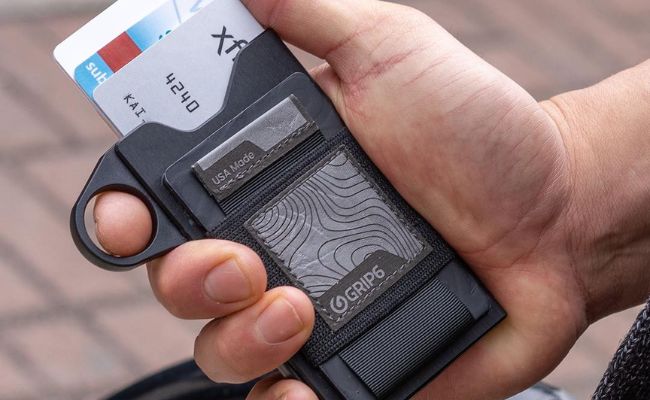

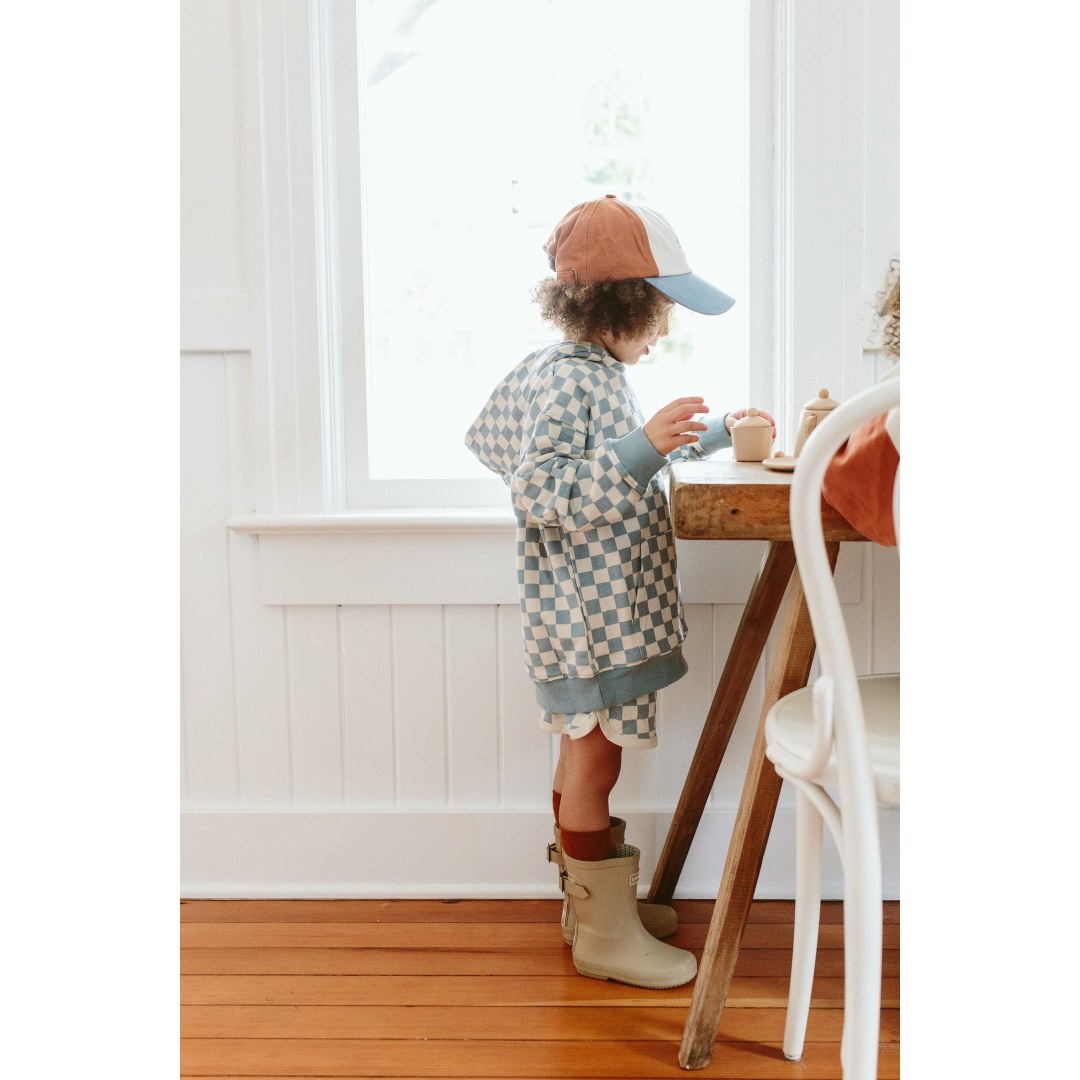
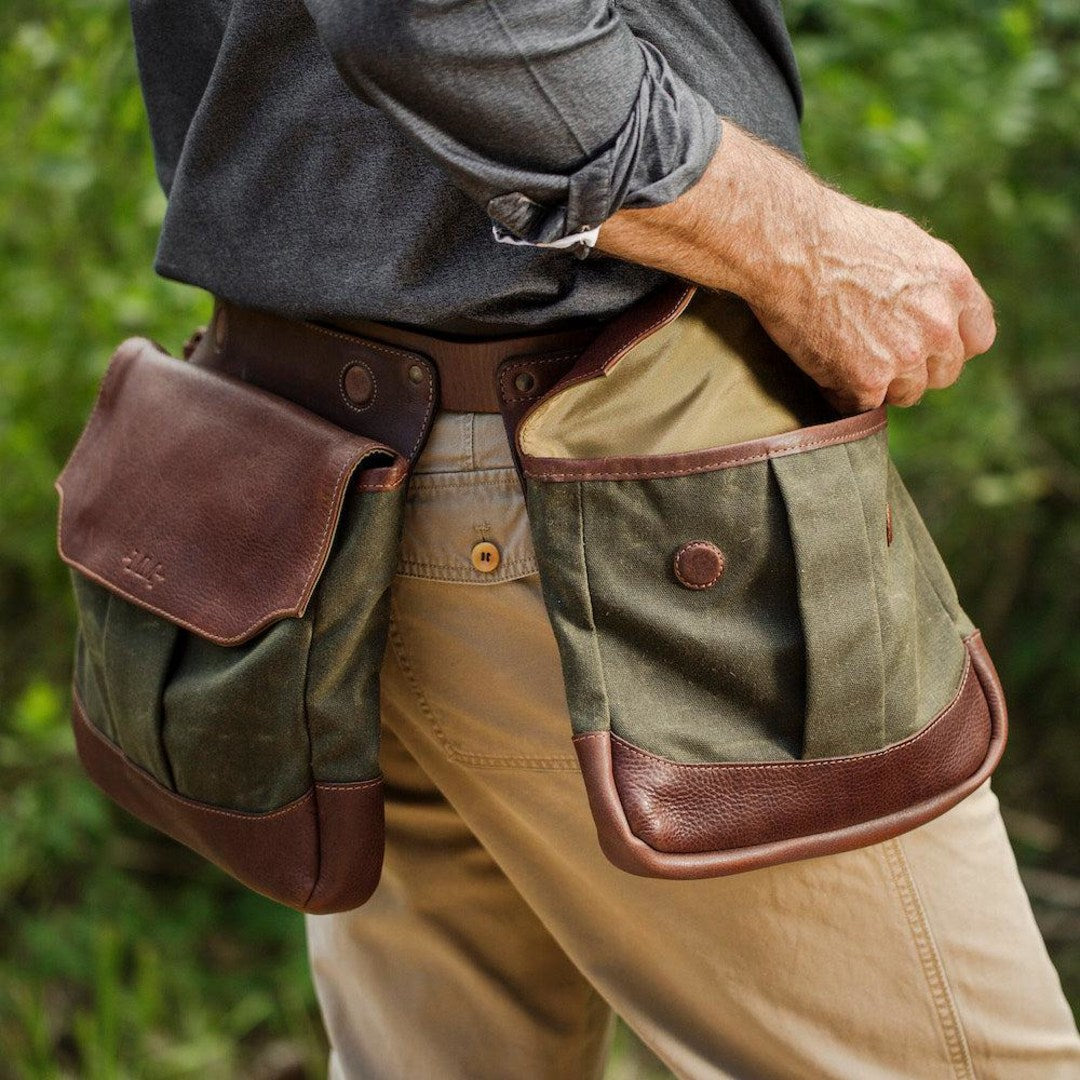
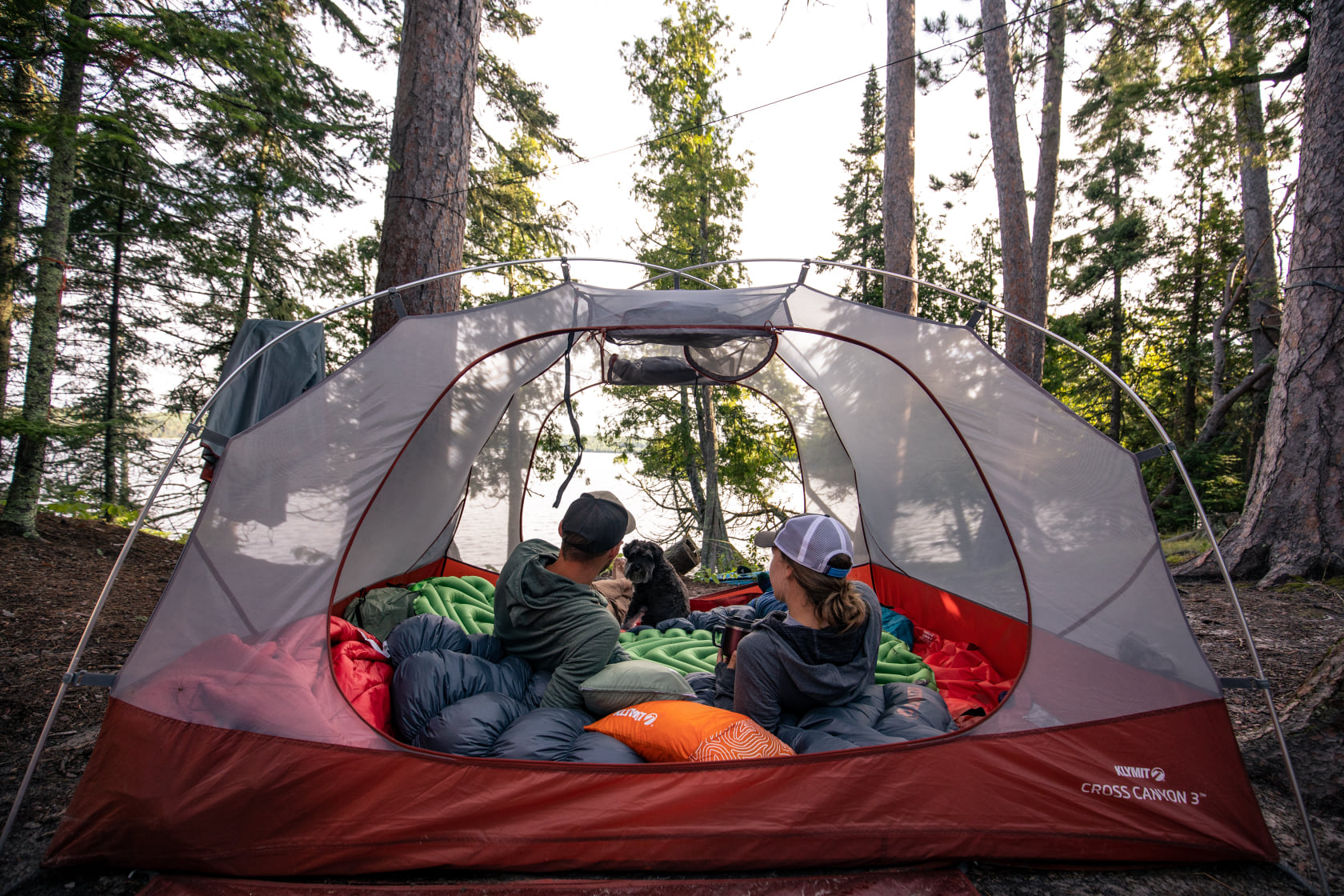

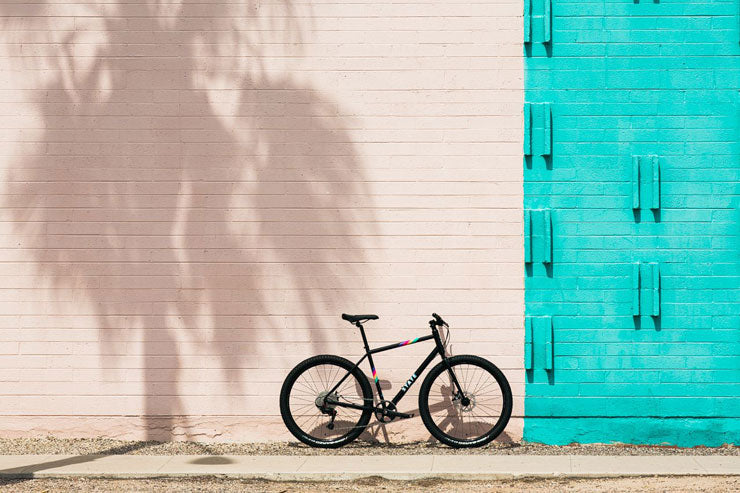


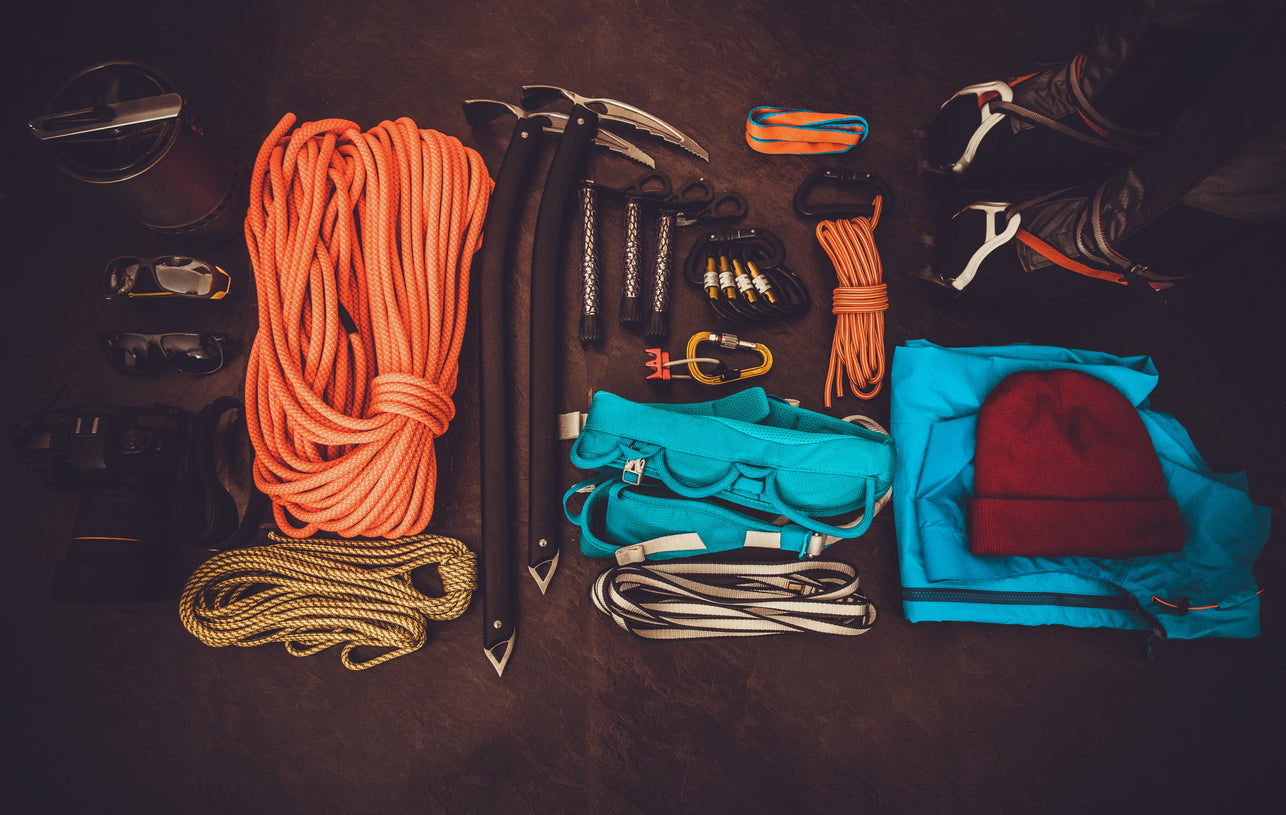
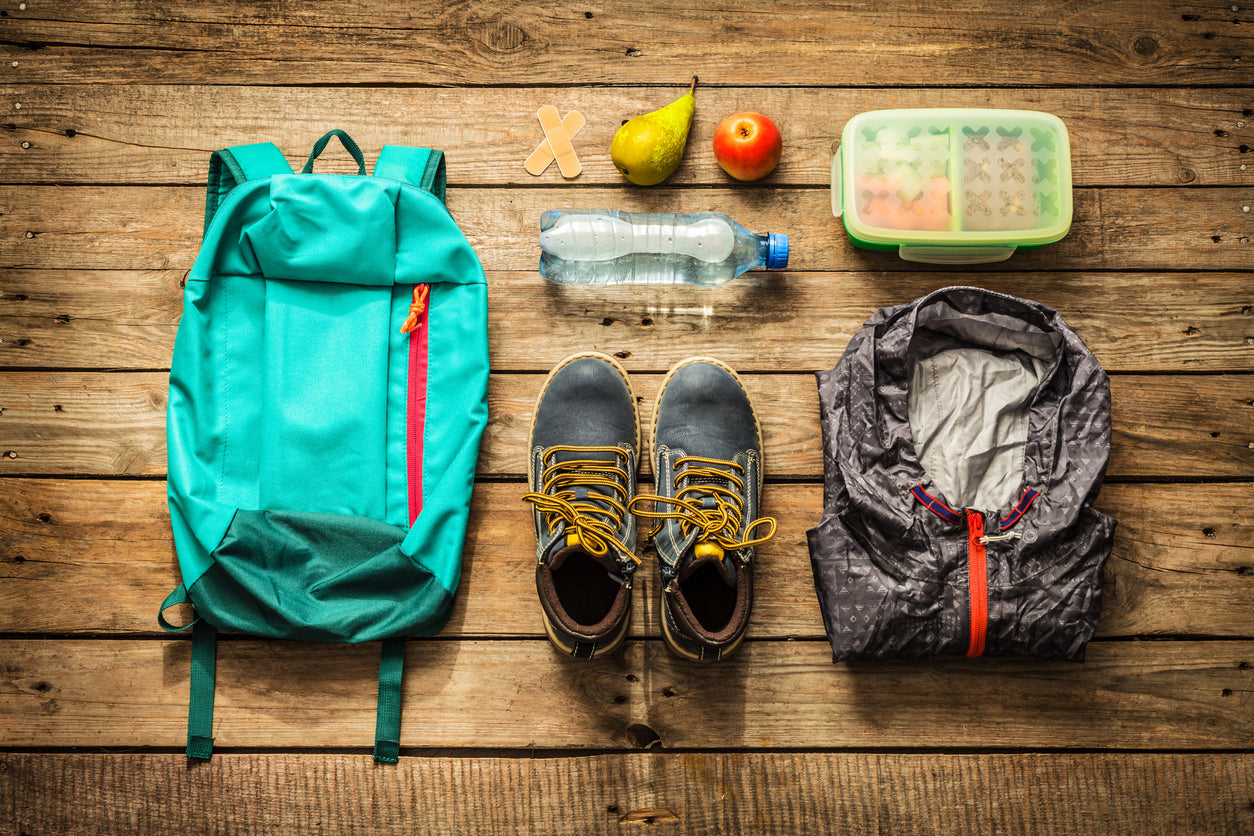
Leave a comment
This site is protected by hCaptcha and the hCaptcha Privacy Policy and Terms of Service apply.